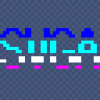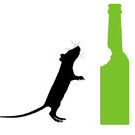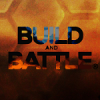Hello,
I'm developing a turn-based tactical game, and i'm struggling with which would be the best way (data structure) to represent de board. The board is composed of squares, but for each game, in different board locations, it may have some blockages (walls or others) between some squares (like HeroQuest or Zombiecide). I'm programming in Java, but I'm searching for some language independent concepts.
Thank you.










